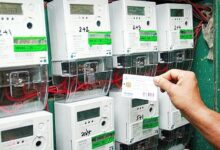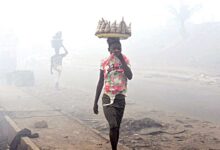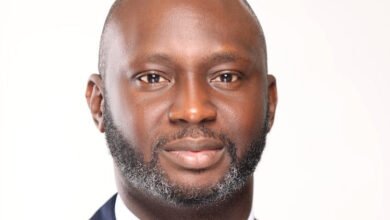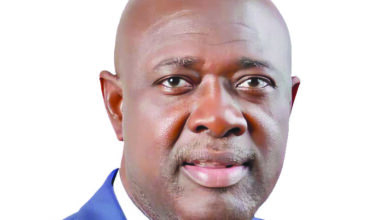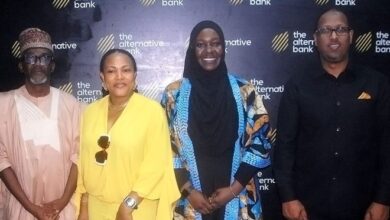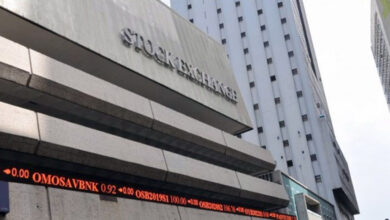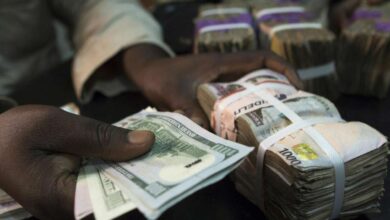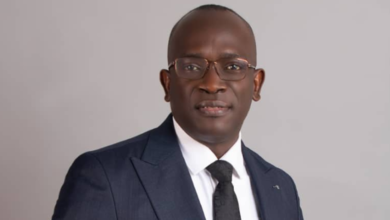Submarine cable repairs in advance stage as 100 links restored

New cable to cost $1 billion to build
Efforts to restore Internet services fully to pre-March 14 outages in Nigeria and 12 other affected countries have been increased as about two and a half terabytes of capacity have been restored; over 100 links are now functional while 35 networks are now up and running.
The Chief Executive Officer of West Indian Ocean Cable Company (WIOCC), Chris Wood, disclosed this during a virtual meeting with journalists on efforts deployed thus far to restore services.
Recall that on March 14, undersea cables, including the West Africa Cable System (WACS), the Africa Coast to Europe (ACE), MainOne and SAT3, had outages, which negatively impacted data and fixed telecoms services in several West African countries, notably Nigeria, Ghana, Senegal and Cote d’Ivoire, as well eastern and southern Africa.
Wood said: “I think in the last four or five days, we have brought up over two and a half terabytes of capacity. We’ve restored over 100 links now. And we brought more people into our data center in Lagos through the Open Access Data Centres (OADC) which has connectivity directly into the Equiano system, which at the moment is the only major system still in operation serving most of West Africa.”
Wood added that 35 networks across West African countries, Nigeria inclusive, have been restored to full capacity resilience, adding that it will take another four weeks to fully restore Internet services to all network operators that are connected to the affected four submarine cables that came from Europe, with landing points along the West African coast.
According to him, there is also a need for more cables to be landed in the country to provide redundancy, although it is a cost-intensive project. He disclosed that landing a cable from Europe to Africa will cost about $1 billion.
He said the company is also making bigger investments in new systems and has just deployed over $100 million of capital in accessing new subsea systems. He disclosed that the company will be landing the 2Africa cable in Nigeria later this year at two points, one in Lagos and another in Qua Iboe.
“These cables will further strengthen Nigeria’s position and provide extra redundancy as well,” he said.For the repair of the damaged cables, Wood said three repair ships have been mobilized.
“One of them is coming from South Africa and the other is in Cape Verde. The third is in the UK and they are now starting to head towards the affected area and they will then locate the cable cuts and repair them.
“The length of the process depends on the weather as well. If the weather is bad, they won’t be able to work, so it could take a little longer. But I think everything should be done in three to four weeks, maybe slightly earlier if everything goes as planned,” Wood added.
Speaking on the security of the cables, the WIOCC CEO, explained that in terms of security, the cables are laid on the seabed, and having deliberate human interference is very difficult, saying it’s not easy to find the cables unless one knows where they are.
“And at 1000 meters or 3000 meters, where one of the cables was cut, that’s way beyond human interference capability. What sometimes happens in shallow waters is if ships anchor in the wrong place and there’s a storm. We’re talking about cargo ships or container ships, big ships that can sometimes cut the tables, but again it’s not common.
“Where you have more cable diversity and more cables landing in a country you have a natural redundancy. Having each of the operators connect to every available cable is the best, that provides resilience,” he said.
